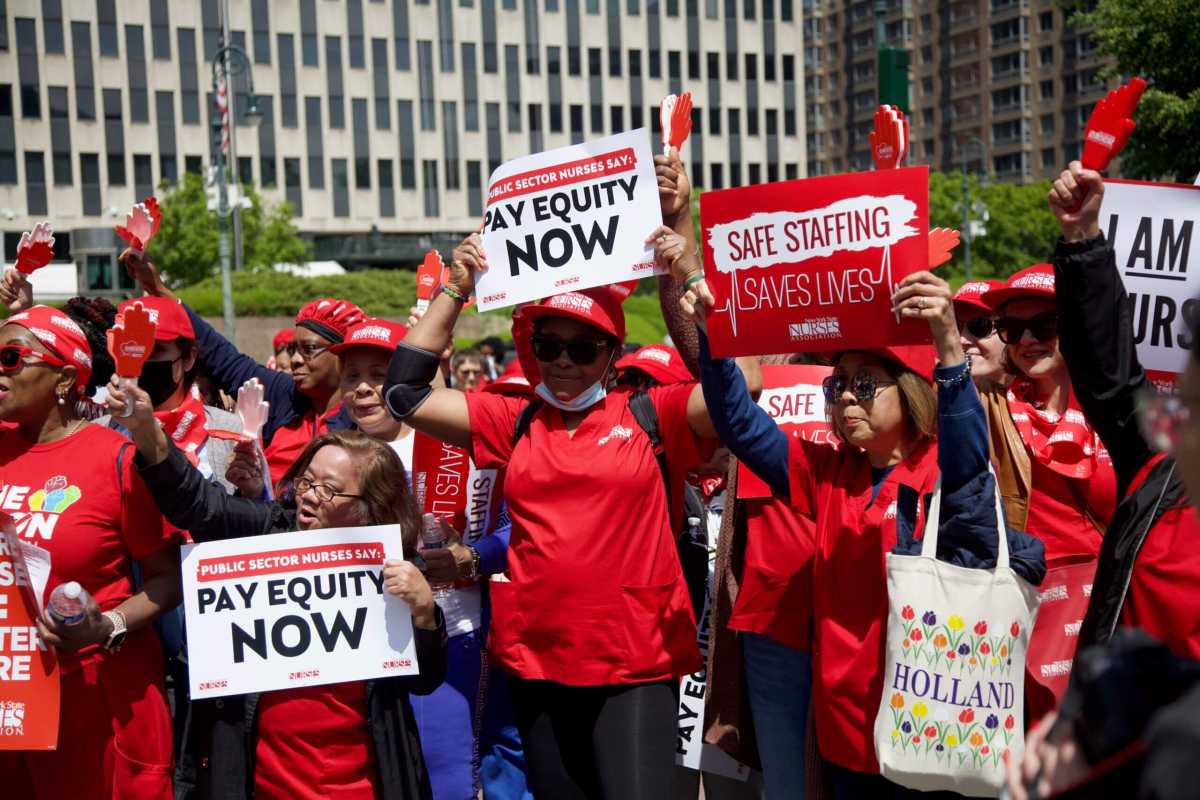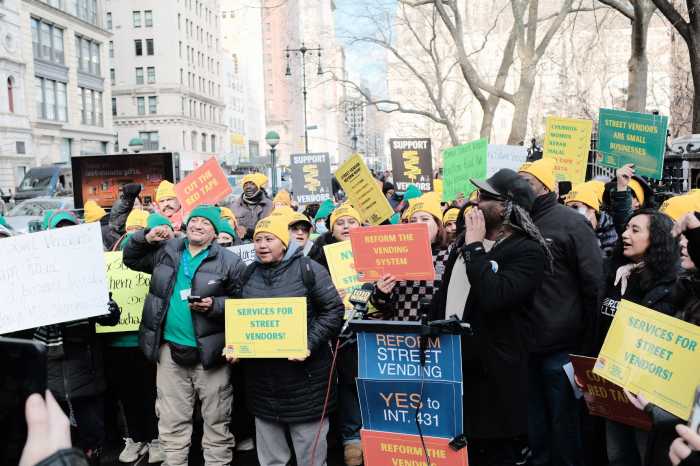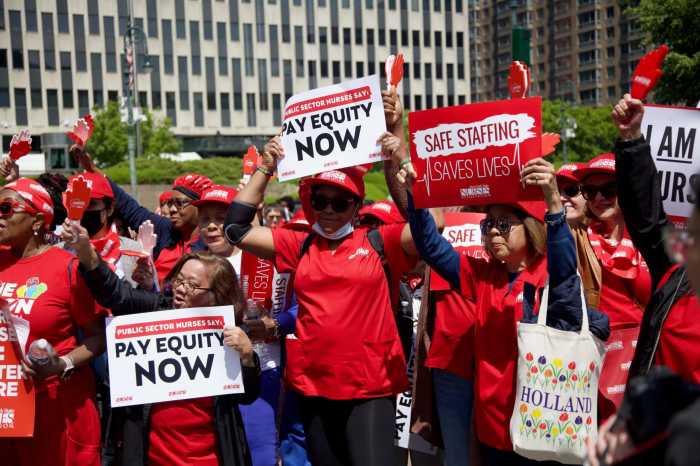By Sarina Trangle
Three Queens city councilmen are calling on borough presidents to fill community board seats using a series of best practices, from turning to an independent screening panel to fielding candidates to instituting term limits for members.
Councilmen Daniel Dromm (D-Jackson Heights), Peter Koo (D-Flushing) and Antonio Reynoso (D-Brooklyn), who represents part of Ridgewood, are among 11 co-sponsors who signed onto a resolution introduced during the April Council meeting that urges borough presidents to reform the community board application process.
A spokesman for Queens Borough President Melinda Katz said she had not had time to review the memorandum or establish a position on it.
The resolution came on the heels of some questioning whether turnover at Community Board 5 was politically motivated. Longtime CB 5 member Vernon McDermott previously said he suspected he and fellow board member Manuel Caruana were not reappointed this year because they supported an opponent of Councilwoman Elizabeth Crowley (D-Middle Village) in the 2013 election.
Crowley’s office did not comment on the claims. Instead, the office issued a statement saying the number of CB 5 members hailing from Crowley’s district was cut this year to reflect the proportion of the area she represents after redistricting.
Dromm said the resolution seeks to prevent such questions by urging borough presidents to adopt a standard application process and detail it in annual reports.
“That’s why this package of improvements are important, so that questions like that can be answered more fully,” Dromm said. “I do hear very often from people asking about how people get appointed ….. It’s a little bit of a mysterious process.”
The City Charter outlines borough presidents’ role in filling the up to 50 voluntary seats on the nearly 60 community boards in the city. The executives are charged with ensuring that all neighborhoods are adequately represented on the boards, which work to address residents’ complaints, compile community budget priorities and give feedback on land use and zoning issues.
The charter requires borough presidents to select at least half of every boards’ members from those nominated by their Council members, but the details of how this works vary from borough to borough.
In Queens, Katz exercises her authority in choosing half of every boards’ members and works with Council members to fill the rest of the organization’s seats, with each legislator appointing a portion of the remaining volunteers roughly equal to the percentage of the community board area they represent.
Under the charter, Katz has the final say in all appointees.
The resolution urges Katz and her colleagues in other boroughs to adopt several best practices explained in a report by Councilman Ben Kallos (D-Manhattan), chairman of the Legislature’s Committee on Governmental Operations.
The document suggests that borough executives work with community boards to create recruitment plans, adopt a uniform application that includes prompts about why members seek to join or remain on the board and establish independent screening panels comprised of good government groups and civic organizations that would narrow down the pool of candidates for borough presidents.
Currently, Queens members fill out a one-page application that does not include questions requiring lengthy, written responses.
The resolution recommends that volunteers fill out conflicts of interest forms. It also asks borough presidents to bar those currently serving on political parties’ executive committees or working for elected officials from joining community boards.
The memorandum concludes by suggesting that borough presidents limit volunteers from serving beyond five consecutive two-year terms and institute term limits for the organizations’ chairmanship. Some community boards, such as CB 11 in northeast Queens, have instituted term limits for executive offices. But the city does not have a uniform policy on how long volunteers can hold board leadership positions or serve on the board.
“As communities change, it’s important to have people who are representative of the communities on the board,” Dromm said.
As a resolution, the legislation could not require borough presidents to do anything. However, Dromm said the Council has successfully lobbied Albany to respect the city’s home rule through resolutions, so the borough presidents would likely consider the memorandum.
Reach reporter Sarina Trangle at 718-260-4546 or by e-mail at strangle@cnglocal.com.

































